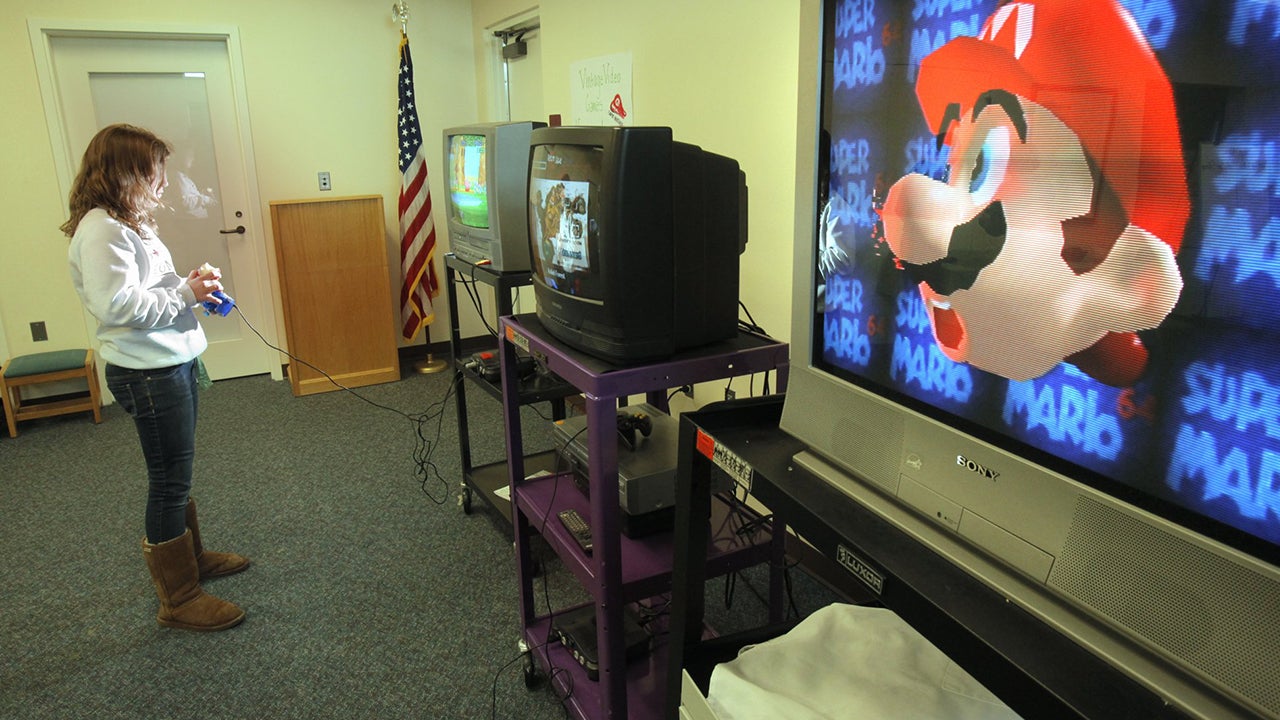As someone who has and will continue to argue for games as art: it is a huge embarrassment and indictment how most companies treat their own legacy IPs. Like when a studio rereleases a crown jewel film like Lawrence of Arabia its assumed that they’ll treat it with the legacy and respect such a title deserves and spare no expense opting for a full restoration with the latest technology. Often they’ll even try to pull in the original director or cinematographer to sign off on it and make sure everything is as it was intended.
Meanwhile you have shit like Sega releasing Sonic Origins as a complete buggy mess with fans left to try and salvage it and them delisting every other port. Shit like this is just the icing on the cake for how little they actually give a shit about preserving any of this stuff.
How about Epic Games just scrubbing the Unreal series off storefronts for no reason
My guess is because old movies and new movies can be monetized just the same, but new games have all sorts of rent-extractions built in.
Also old movies tend to be worth about as much to purchase as somewhat new ones where old games are expected at steeper discounts.
Finally, an old movie takes an evening to watch, where an old game can take much longer and deliver more value
I would say it’s one of two or both of the following. Firstly being that movies (and to a degree TV shows) have a hefty bit of prestige heaped on them by society, the same way that old paintings and sculptures have prestige. And that video games are still treated like children’s toys by society’s ‘arbiters’ of what is and isn’t high art. A way to put it would be to compare something like the oscars (or even the emmys) to the whatever the equivalent for games have, just watching and comparing is night and day. One puts up and really cares about the aesthetic of legitimately caring about it’s art form, while the other is still largely an advertisement vehicle.
The second reason is unions, essentially because if a studio decides to remaster an old movie, they may as well go out of their way to get the guy who directed it and ect. on board because they likely have to pay them anyways when it hits store shelves (for example like $1 per dvd sold, and movie ticket sold so on and so on. Though not that exact amount but you get the picture).
Games are art and should be nationalised, change my mind
i am a theory baby but copyright seems like private property to me (why it’s called “intellectual property”)?? and communism should abolish private property??
edit: my post might be confusing, i agree iswhat i’m trying to say
What if they just… lied? Like is there really some 70 year old guy on the ethics and inventory committee going through the storage unit to make sure you have a physical copy of ET for the Atari?
Copyright troll businesses are a thing, so probably covering as much of their ass as they can.
It would probably jeopardize their funding and maybe even the entire organization if anyone were to ever find out.
If they actually want to publish research they need legal rights to break the DRM
Copyright mafia is really incredibly asinine about it, normally people are protected by statistics and inertia somewhat, but once the mafia is aware of a particular case they immediately go for a throat.
Ross Scott noises
Researchers accessing the games they need is a funny sentence.
What exactly are they “studying”?
History.
Lol
Not a joke though, following how certain game play mechanics changed over time, how interfaces changed, how that change was affected by new hardware, etc. I mean, I’ve never been good at FPS’s but I played the crap out of Doom and Doom 2 but after playing other FPS’s that were based around being able to use the mouse to look around it is physically painful to try to go back and play Doom.
There’s a ton of games that were not huge hits but had some new combination of genres that were mind blowing. People have heard of System Shock, but who remembers Cyber Mage?
Hell, there’s YouTube videos of people literally tearing apart the code of NES games to figure out why the underwater section at the dam was so difficult in the first Teenage Mutant Ninja Turtles game. Finding where in the code the hit boxes were described and finding out that hit boxes (invisible) don’t always follow the visual logic of the sprite graphics.
idk what are film studies or literature people “studying”?












